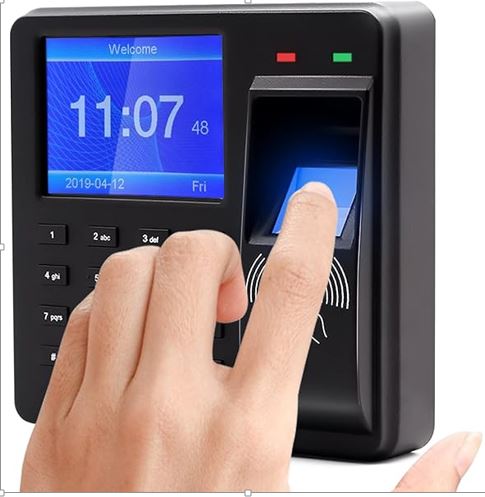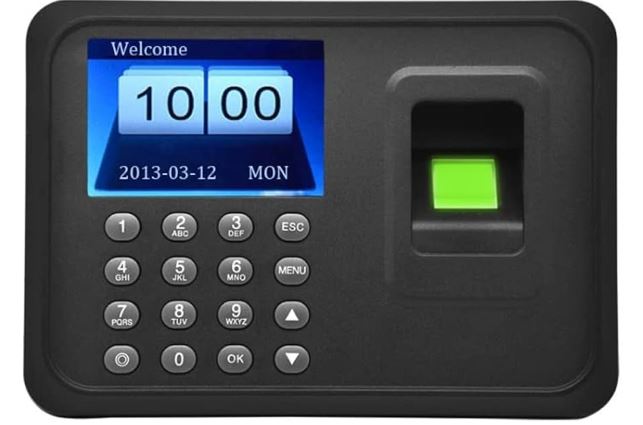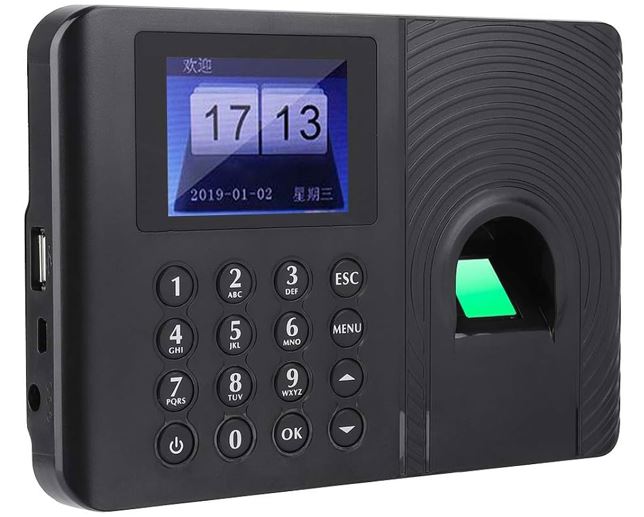Analysis of Fingerprint Time Attendance Systems
Analysis of Fingerprint Time Attendance Systems
Introduction: A Glimpse on the Future of Workplace Efficiency
In an era of increasing digitalization, organizations are continuously striving to integrate new technologies for streamlining their operations and enhancing efficiency. One such transformative change impacting workplace practices globally is the transition from traditional manual attendance systems to digital biometric technologies, specifically fingerprint attendance systems.

Attendance management is a fundamental aspect in any workplace, directly influencing productivity, morale, and even profits. In the past, logging in employee attendance was done manually through handwritten timesheets or punch cards. However, these systems, although functional, lacked the accuracy, efficiency, and transparency that today’s dynamic workplaces require.
With the advent of biometric technologies like fingerprint time attendance, the future of workplace efficiency is promising, holding the potential to breathe new life into the concept of attendance management. In essence, a fingerprint attendance system simplifies the tracking process by using fingerprints, a unique property for every individual, to log attendance.
Traditional Attendances Systems in Retrospect
Despite the global adoption of modern attendance systems, it’s crucial to understand the limitations and challenges presented by traditional attendance systems. These limitations primarily revolved around factors such as time theft, buddy punching, inaccuracies in attendance due to human error, and a sheer waste of resources.
Buddy punching, a scenario where employees clock in or out for their colleagues who are not actually present, greatly impacts the overall efficiency and integrity of the system. Similarly, human errors in manual entry of attendance data can lead to discrepancies, resulting in payroll errors and employee dissatisfactions.

Moreover, the manual processes are incredibly time-consuming and require intensive labor to manage. These overheads can be reduced dramatically, and resources can be utilized elsewhere with the adoption of fingerprint time attendance.
The Rise of Fingerprint Time Attendance Systems
Fingerprint attendance systems leverage the identity authentication capabilities of biometrics. The unique pattern of ridges and valleys on an individual’s finger forms the basis for this technology. When an employee places their finger on the scanner, the system scans the fingerprint and matches it against its database to confirm the identity and log the attendance.
The sophistication of this system minimizes the scope of error and fraud, thereby making it an increasingly popular choice among businesses seeking efficiency and accuracy in their operations. From multinational corporations to local businesses, the adoption of fingerprint time attendance systems is noticeable, primarily due to its efficiency, cost-effectiveness, and technological advancements.
Benefits of Fingerprint Attendance Systems to Organizational Efficiency
Fingerprint attendance systems come with a plethora of benefits, transforming not only everyday operational efficiency but also influencing the broader organizational culture. One significant advantage is its ability to eliminate time-theft and buddy punching since fingerprint time attendance systems are unique to everyone.
Furthermore, these systems ensure a high degree of accuracy, which is crucial for payroll management, reducing financial losses due to inaccuracies or fraud. The seamless integration of fingerprint attendance systems with payroll software helps streamline the payroll process, reducing labor intensive manual data entry and errors associated with it.
On a broader level, adopting such technology also sends across a message about the organization’s commitment to fair and transparent practices, thus impacting employee morale positively and fostering a culture of accountability and trust.
The Influence of Fingerprint Attendance Systems on Employee Experience
fingerprint time attendance systems have a significant influence on the employee experience. They foster a sense of accountability as there is no scope for time theft or buddy punching. Moreover, this transparency ensures that all employees are compensated adequately and fairly for their time, including overtime.
An unbiased, transparent system enhances trust between the employees and the management, which is crucial for building a positive workplace culture. Also, with the administrative burden reduced, HR personnel can focus more on strategic tasks and employee engagement activities, further improving the employee experience.
Concerns Around Fingerprint Attendance Systems
The implementation of fingerprint attendance systems, although beneficial, may also present some challenges. One of the primary concerns from an employee perspective often revolves around privacy. In a world increasingly aware of data privacy issues, employees might feel uncomfortable providing their biometric data.
Additionally, the technological aspect might present challenges like system failures or inconsistencies in reading fingerprints due to factors like dirt or wounds. Also, older employees, or those less technologically savvy may resist change, requiring additional time for adaptation and assimilation.
Case Studies: Real-life instances of businesses
ABM Innovative FZE Dubai base company, ‘Innovate Future technology practices,’ for instance, after timesheet inaccuracies resulted in payroll disputes and loss in productivity, decided to implement a fingerprint time attendance systems. This led to not only a significant reduction in time theft and manual errors but also improved employee morale and trust.
The Future of Attendance Management with Fingerprint Systems
The future of fingerprint time attendance seems promising with continual advancements in this technology. For instance, multi-factor verification methods, which use fingerprints in conjunction with other forms of authentication like facial recognition, are expected to become prevalent.
As workplaces continue to evolve and embrace digital technologies, there is a greater likelihood for increased adoption of these systems. They offer more than just tracking attendance, serving as a stepping stone toward more integrated, foolproof, and efficient systems for organizational management.
1 Comment
Comments are closed.
4th St, Al Quoz Cemetery, Oasis Mall, Waha Street, Dubai UAE
Email : info@fingerprintdubai.com
Tell : (+971) 052 5571309


[…] Biometric time and attendance systems represent a crucial intersection of technology and efficiency. Operating as a silent but effective timekeeper, they take the perceived monotony of time management and transform it into a streamlined, error-free operation. […]